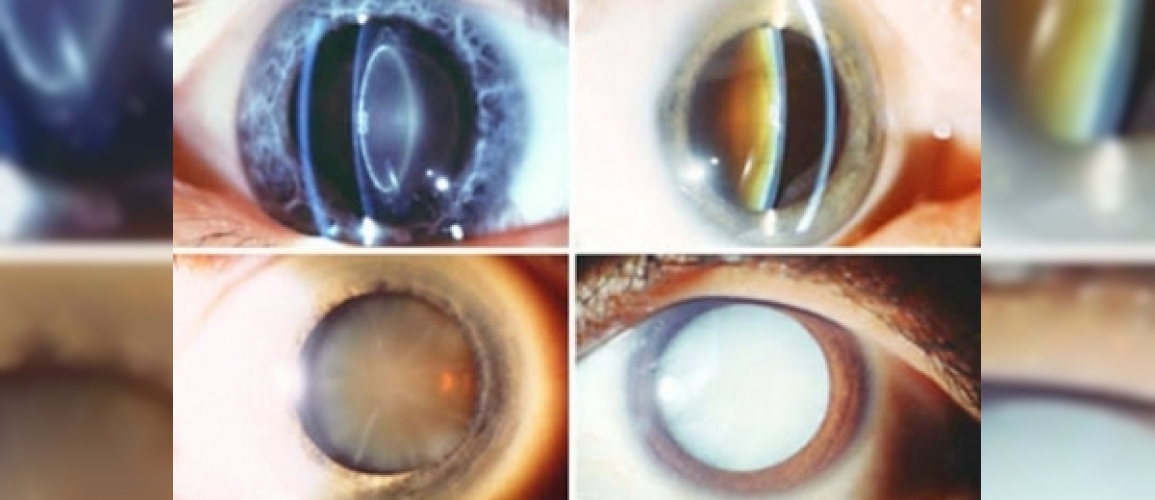Frequently Asked Questions And Answers About Cataracts
What is Cataract? How does it occur?
Cataracts are the most common cause of preventable blindness worldwide.
It can be seen at any age starting from birth. There are 3 types according to the age of onset.
CONGENITAL CATARACT: It can develop due to febrile diseases that the mother suffered in the first 3 months of pregnancy, medications, radiation exposure, infections that the baby had in the womb, metabolic diseases of the baby, genetic diseases, chromosomal abnormalities and some congenital enzyme deficiencies.
PRESENILE (JUVENILE) CATARACT: This is the type of cataract seen in children and young people. The most common types are traumatic cataracts due to blunt or penetrating injuries of the eye, complicated cataracts due to intraocular inflammatory diseases such as uveitis, Behçet's disease, retinal detachment, etc. or cataracts due to systemic or topical steroids or medications.
SENILE (ACQUISITE) CATARACT: It is the most common type of cataract. It is a normal aging process of the intraocular lens that occurs in the advanced age group. Aging, which occurs in different ways in all tissues and organs with age (wrinkles on the skin, graying of hair, etc.), manifests itself in the intraocular lens in the form of loss of transparency, thickening and blurring. Denaturation and loss of transparency and opacification of the proteins that make up the lens.



